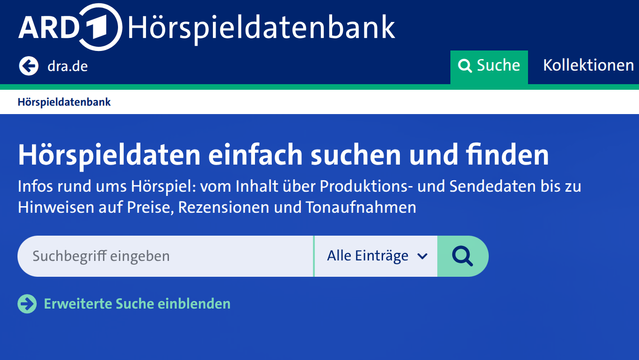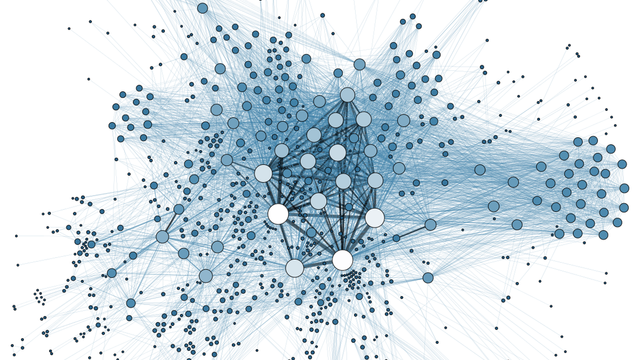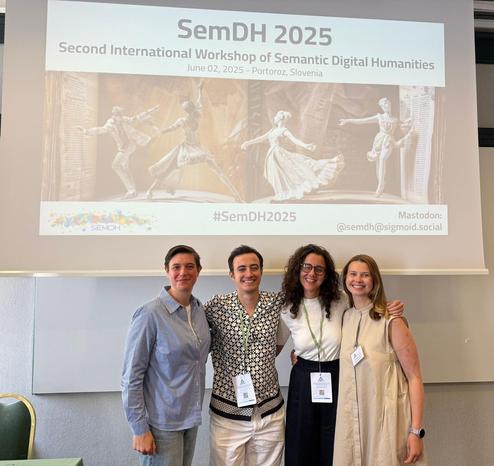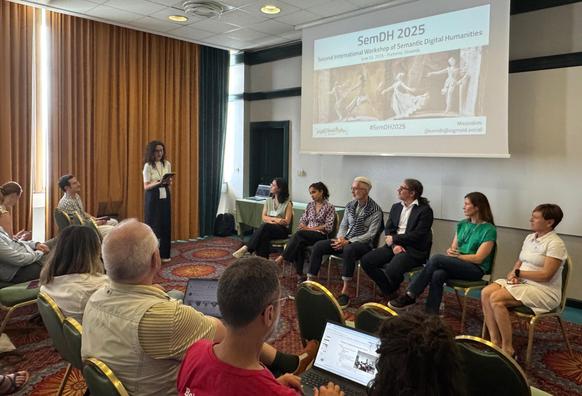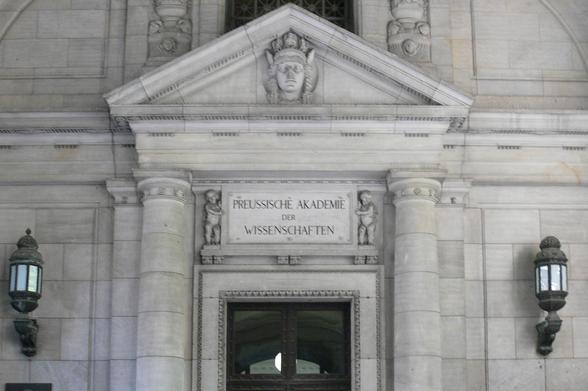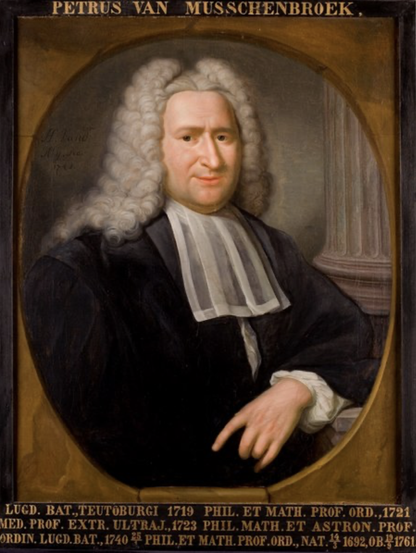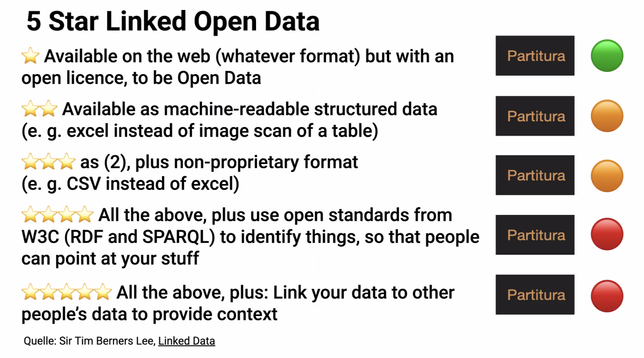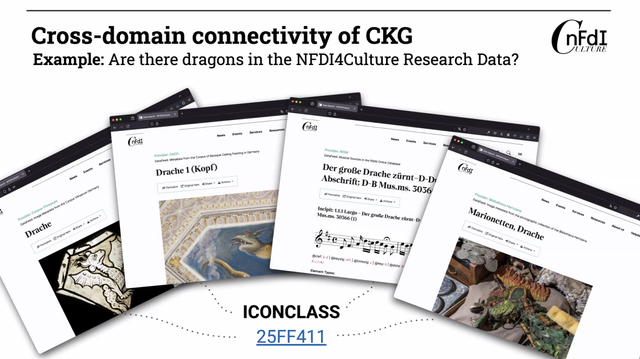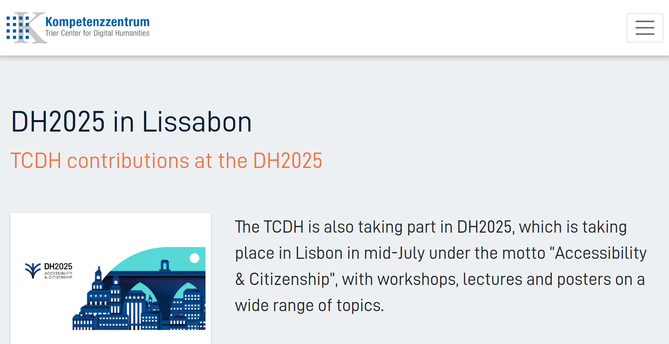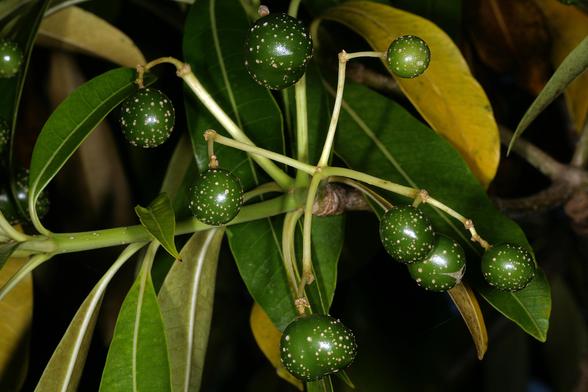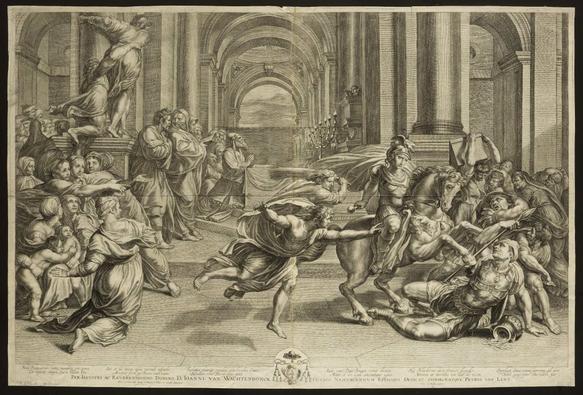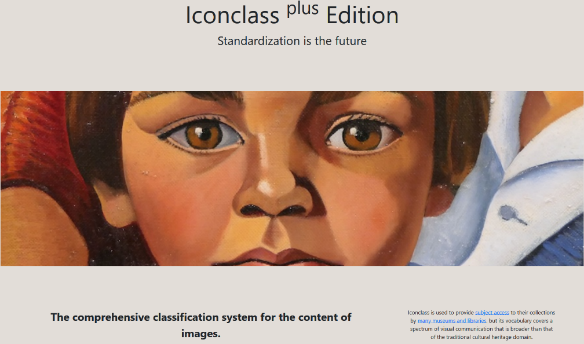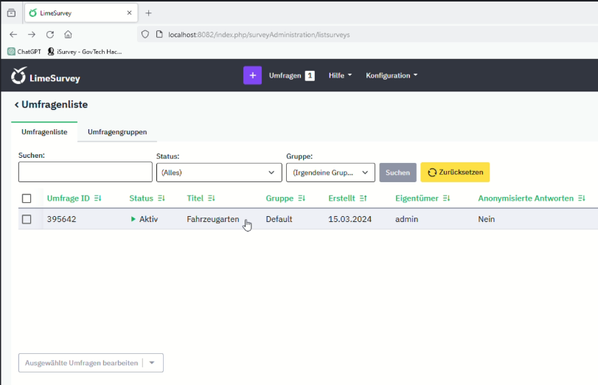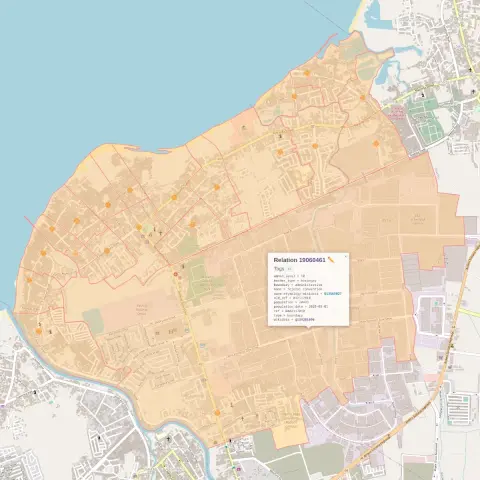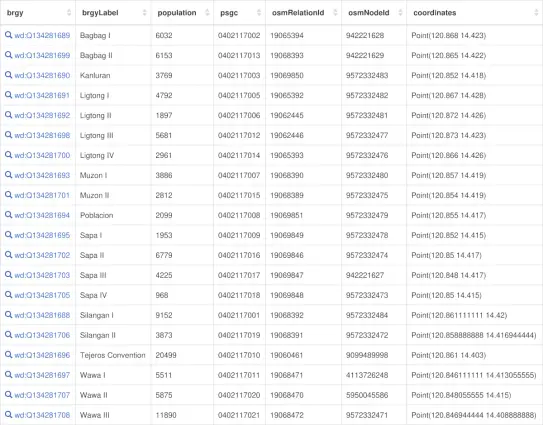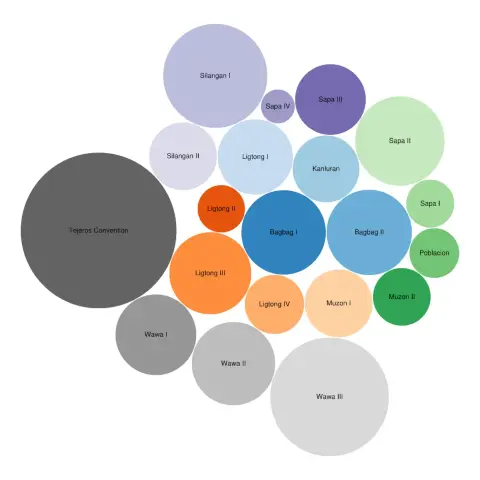TIB ist Mitglied im ICONCLASS-Konsortium
read this article in English
Die TIB ist seit April 2025 Mitglied im ICONCLASS-Konsortium. Ziel des im Juli 2024 gegründeten Konsortiums ist es, durch Mitgliedsbeiträge und Input der Community den dauerhaften Betrieb sowie die Weiterentwicklung des kostenlosen Online-Dienstes ICONCLASS zu gewährleisten.
Was ist ICONCLASS?
ICONCLASS ist ein Klassifizierungssystem für Bildinhalte. Es wird in der Kunstgeschichte und der Sammlungsdokumentation genutzt, um die Ikonographie von Bildwerken in standardisierter Form zu beschreiben.
ICONCLASS-Webseite:
https://iconclass.org/Bereits in den 1970er-Jahren von Henri van de Waal entwickelt und in gedruckter Form erschienen, erfuhr das System erst durch die Etablierung computergestützter Erschließungsarbeit seine eigentliche Bestimmung. Mit der zunehmenden Bedeutung von Linked Open Data – also öffentlich zugänglichen, standardisiert verknüpften Daten im Web – wächst einmal mehr der Nutzen von ICONCLASS, das aufgrund seines alphanummerischen ID-Systems maschinenlesbar ist und sprachenunabhängig eingesetzt werden kann. Der Online-Dienst steht kostenlos über den ICONCLASS-Browser oder über offene Schnittstellen zur Verfügung. Er ist – bezogen auf Ikonographie – der einzige seiner Art.
ICONCLASS Browser mit Klassifikation zu Heliodor im Tempel:
https://iconclass.org/71Z31ICONCLASS gehört wie die Thesauri des Getty Institutes zu den Terminologie-Standards der digitalen Erschließung im GLAM-Bereich (Galleries, Libraries, Archives and Museums), hat aber keine vergleichbaren finanziellen und personellen Mittel im Hintergrund. Um den weiteren Betrieb des Dienstes zu gewährleisten und die Anforderungen der rasant wachsenden Community zu erfüllen, wurde das ICONCLASS-Konsortium ins Leben gerufen. Die Mitglieder sind einerseits zur Mitgestaltung und Weiterentwicklung des Dienstes eingeladen, erhalten andererseits Zugriff auf neuentwickelte Plus-Features wie die KI-gestützte Bildersuche, eine angereicherte Bibliographie oder Deep-Links zu Sammlungsobjekten mit entsprechender Klassifikation.
ICONCLASS an der TIB
Sowohl in den Erschließungsprojekten der Sonderbestände (GESAH und GESAH+) als auch für NFDI4Culture wird ICONCLASS genutzt.
GESAH
Konkrete Anwendung findet die Klassifikation bei der Beschreibung der Graphiken der Sammlung Albrecht Haupt, insbesondere wenn es sich um christliche oder mythologischen Darstellungen handelt. Ein Beispiel ist die Darstellung der Vertreibung des Heliodor aus dem Tempel: Während das berühmte Fresko, das von Raffael für die Gemächer von Papst Julius II. im Apostolischen Palast in Rom geschaffen wurde (1511), in der GND einen Werknormdatensatz erhalten hat, ist die Klassifikation der alttestamentarischen Episode als Bildthema nur über ICONCLASS möglich (in diesem Fall: https://iconclass.org/71Z31). Im ICONCLASS Browser werden registrierten Nutzer:innen Bildbeispiele mit dieser Klassifikation angezeigt. Dies hilft besonders bei der Identifizierung bzw. Verifizierung seltener Bildthemen.
Pieter de Balliu, nach Raffael, Die Vertreibung Heliodors aus dem Tempel, Kupferstich, Antwerpen 1654-1660, TIB Hannover, Slg. A. Haupt, inv. gr I GR M 3: 5 (
https://sah.tib.eu/individual/n8110)
Auch das Plus-Feature der KI-gestützten Bildersuche ist in dieser Hinsicht ein neues und besonders hilfreiches Werkzeug, wenn kein Einstieg in die Suche auf sprachlicher Basis möglich ist.
NFDI4Culture
Um die Standardisierung der inhaltlichen Erschließung in den Sammlungen zu verbessern, das heißt, die Anreicherung der individuellen Erschließungsdaten mit Normdaten zu erleichtern, hat die Task Area 1 des NFDI4Culture, die im Open Science Lab der TIB angesiedelt ist, das Annotationstool Antelope entwickelt. Das Werkzeug stellt Möglichkeiten bereit, Normdatendienste, Thesauri und Klassifikationen, darunter eben auch ICONCLASS, gebündelt abzufragen, um die Bildbeschreibungen als Linked Open Data bereitstellen zu können.
Zu guter Letzt noch ein Bonus, den die Konsortiums-Mitgliedschaft für alle TIB-Mitarbeiter:innen und Nutzer:innen mit sich bringt: Sowohl die Registrierung bei ICONCLASS mit einer TIB-E-Mail-Adresse als auch der Login aus dem Netz der TIB erlauben den Zugriff auf die Plus-Features (nach vorheriger Registrierung mit einer beliebigen E-Mail-Adresse). Das heißt, dass Zugriff auf hilfreiche Bildbeispiele für die Klassifikationen gestattet wird und Deep Links in die verknüpften Sammlungsbestände sowie Angaben zur Sekundärliteratur bereitgestellt werden. Außerdem kann die Bilderkennung genutzt werden, die ähnliche Bilder samt ihrer ICONCLASS-Notationen ausgibt.
ICONCLASS-Klassifikation in TIB SAH digital:
https://sah.tib.eu/display/n5749Bei Fragen zur Nutzung oder tiefergehendem Interesse steht das Team von ICONCLASS immer für Auskünfte gerne zur Verfügung und bietet individuelle Einführungsveranstaltungen an.
#ICONCLASS #linkedOpenData #LizenzCCBY40INT #SammlungHaupt #Sondersammlung
